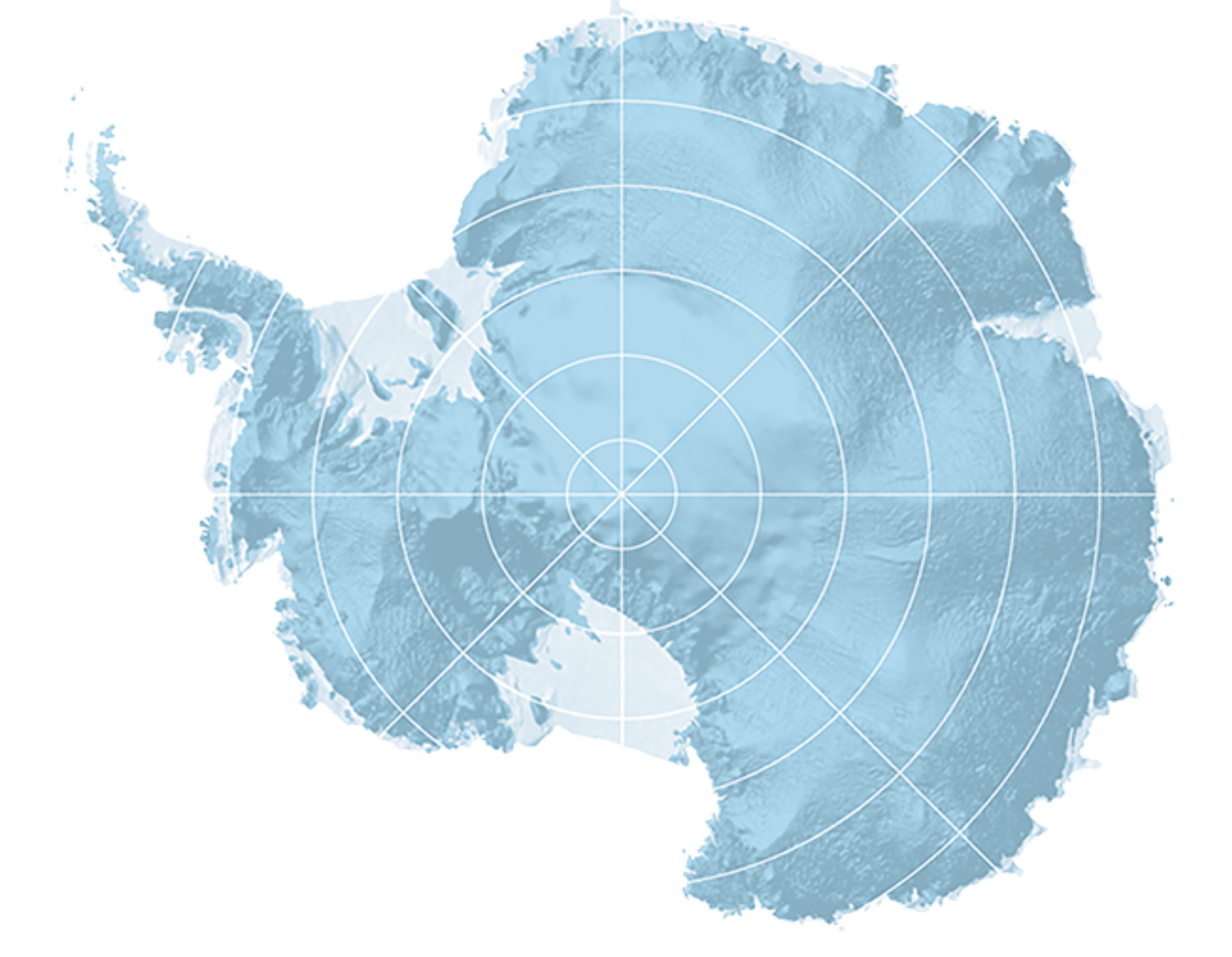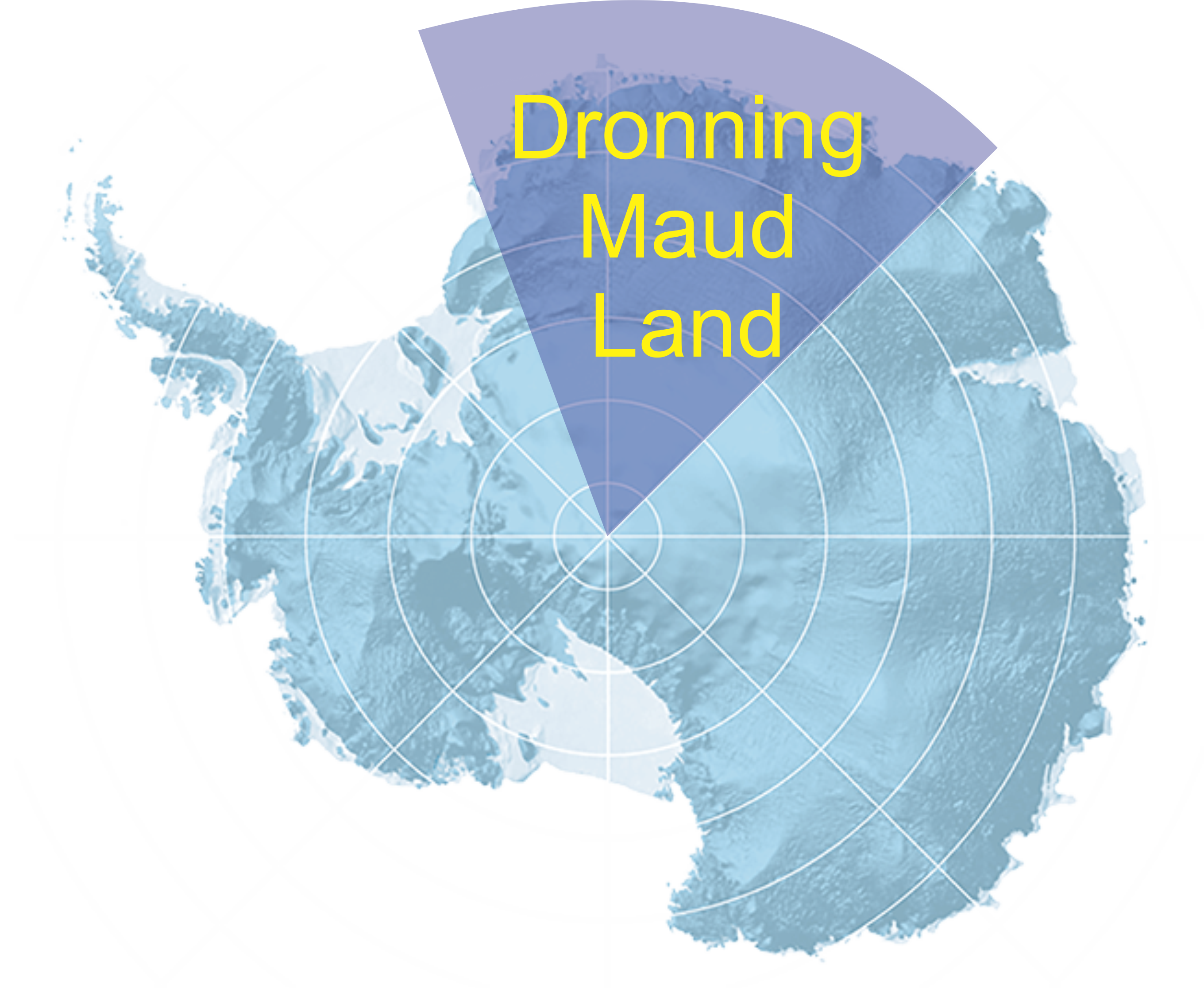Abstract
Amalgamation of supercontinents coincides with dramatic changes of the thermal structural of Earth’s lithosphere that can be observed as different mineral parageneses. Pan-African metamorphic complexes of the Sinai Peninsula (i.e. Feiran-Solaf, Taba and Kid) are studied here to reveal the complex tectono-thermal history that characterizes the amalgamation of the northern suture zone between east and west Gondwana. Presented geochemical data indicates that the protoliths of metasedimentary rocks in the Feiran-Solaf metamorphic complex were deposited in a transitional oceanic to continental island arc environment, whereas the metasedimentary rocks of the Taba metamorphic complex were deposited in an oceanic island arc environment. The Kid metasedimentary rocks, on the other hand, have a geochemical signature indicates a continental island arc to passive margin environment. Different empirical thermobarometry, independent mineral endmembers reactions, average P-T calculations and pseudosection modelling for Feiran-Solaf, Taba and Kid complexes indicate peak metamorphic conditions of 720 – 740 oC – 7.7 – 9 Kbar, 580-650 oC – 6.8-7.8 Kbar and 760-800 oC – 5.4-6.6 Kbar; respectively. Growth of a retrograde assemblage (bt ms st chl afs grt qz pl ilm) after a peak assemblage of (bt ms afs grt liq qz pl ilm) and the mineral isopleths for Feiran-Solaf complex suggest a clockwise P-T path. A similar P-T path (i.e. clockwise) is proposed for the Taba complex based on the stability of the assemblage bt ms st chl afs grt qz pl ilm after the peak assemblage (bi ms st grt H2O qz pl ilm) and the zonation pattern of the garnet porphyroblasts. On other hand and for the Kid complex, the retrograde assemblage (bi ms chl grt qz pl ilm) overprints the peak assemblage (bt afs grt liq qz pl ilm) and suggests isobaric cooling path. The peak metamorphic conditions reveal thermal gradient of ~ 25 oC/km for Feiran-Solaf and Taba complexes and ~ 37 oC/km for Kid complex. The relatively high thermal gradient, the geochemical signatures of the transition from continental island arc to passive margin and the isobaric cooling path suggest that the heat source during the peak metamorphism for the Kid complex was high mantel heat flow in a back-arc setting. The presented data, in addition to previous geochronological data, indicate the existence of a close relationship between the investigated metamorphic complexes and reflect a complicated collision history for the northern part of the Gondwana that included continental-arc collision, followed by arc-arc collision and concluded by opening of a back-arc basin.






